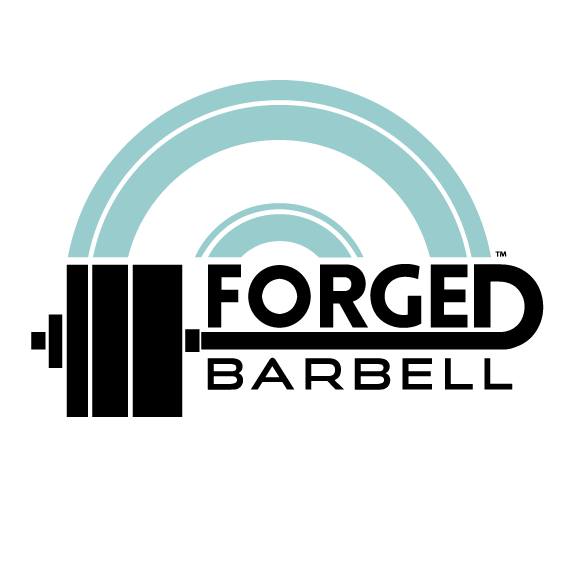COACH VS TRAINER
The fitness industry is not set up to help people succeed. The majority of money is made by selling people products or systems attached to promised outcomes. Buy this $2500 bike and get fit in the comfort of your home. Buy this 8 week program and have abs of steel. Buy this gym membership and have all of your dreams come true... Once the product or system is sold, there is no investment in the outcome. Lack of results are chalked up to some failure of the client: they must not have tried hard enough, not consistent enough, must need more accountability, must not be cut out for athletics... but few stop to ask if the client was even attempting to do the right thing in the first place.
The majority of group classes are lead by trainers. Trainers lead the class in a series of movements, usually have a very encouraging and upbeat tone to their voice, they announce the movement, invigorate the class, and inspire each person to push harder to complete their exercises. They message harder work = more results. These types of classes are offered in person and online. Often the instructor has little knowledge of their participants, have not properly assessed their movement, and do not know if the movements prescribed in their class are ones that everyone will benefit from or if anyone even has the capacity to complete. Sometimes the instructor cannot even see the people taking their class. Pushing an athlete past their capacity can result in injury, exacerbate an existing imbalance, and ultimately not result in helping athletes achieve their goals.
While this approach to fitness works for some people, the reality is that there is not one path to fitness, there is not one definition of fitness, not all fitness goals are the same, increasing the volume of poor movement patterns will never result in good movement patterns, and not everyone needs the same thing to achieve success.
This was my biggest conundrum when opening Forged Barbell. How do we offer group training that is individualized enough to meet each member where they are, give them what they need, and help them succeed based on different definitions of success? All while maintaining integrity and not making any promises that we can't deliver on.
The answer we have landed on comes down to coaching.
The job of a coach is to first assess, then prescribe, teach, and correct. In order to meet each member where they are, we need to first understand where they are. In order to determine what they need, we need to know where they want to go. In order to help them get to where they want to go, we need to understand what is blocking them from already being there. This is the job of a coach. We seem to understand this for sport, but accept far less for fitness instruction.
People develop imbalances over time. This happens for many reasons a few of which are:
Never learning to move in a balanced way
Not moving mindfully
Repeating the same movements (a fitness "routine", distance running, repeated movement patterns in sport or work)
Imbalanced fitness or strength programming
Insufficient movement
Poor postural alignment
Many of these imbalances result in pain. More than 80 percent of Americans will experience an episode of low back pain at some time in their lives and that total costs of the condition are estimated at greater than $100 billion annually, with two-thirds of that due to decreased wages and productivity. By developing strength in places that are weak, stretching places that are tight, stabilizing joints, and moving mindfully in a balanced way, we can alleviate pain, enhance athletic performance, improve body composition, and help our members achieve their goals.
Not all gyms are about heavy breathing and bouncing around. We are movement specialists. We teach people how to move. We take a holistic approach to strength development. We help people heal. We are invested in your outcome.
